AAC Goes to High School: Community-based Instruction
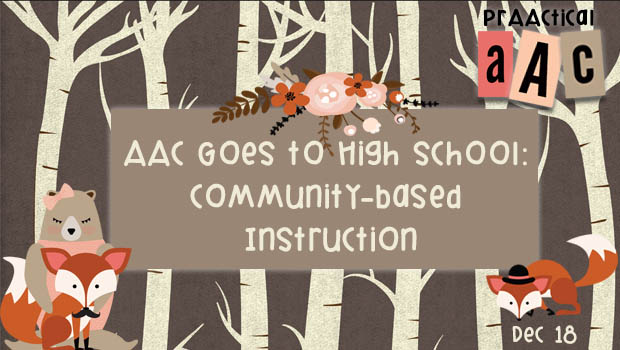
We’re so glad to share the work of Sarah Mueller, a special education teacher in Rochester, Michigan, who returns to talk about AAC with older students. Sarah teaches high school and works with many students who have developmental disabilities. She strives to embed language and communication throughout her students’ entire school experience and help them become strong self-advocates as they prepare for adult life.
In this post, Sarah talks about supporting AAC learners who are working with AAC systems rich in core vocabulary as they prepare for their weekly trips into the community.
::::::::::::::::::::::::::::::::::::::::::::::::::::::::::::::::::::::::::::::
Core in the Community
Core vocabulary is often embedded in the typical instructional tasks of the school day: communication exchanges, calendar time, literacy, etc. Like most high school teachers for students with intellectual disabilities, community-based instruction (CBI) is a component of my classroom program. My classroom becomes the community every single week! It is yet another setting where I can model communication and language as students practice core phrases. This requires some prep work beyond just a social story.
One of my students’ favorite places to go is Dairy Queen for a yummy treat as the weather begins warming up. I start my lessons by describing where we are going and a little bit about the place, often, with a video. I have found including videos to be engaging for my students. Youtube has it all! This is also an opportunity to infuse literacy into the lesson by reading a story about the destination. It is here that I implement a shared reading strategy. I choose specific core phrases to model while reading the story. I encourage and model for my students to support their active communication engagement and participation.
My go to places for engaging stories are Tar Heel Reader, N2Y Library, or Reading A to Z. Sometimes, I often it a step further by including writing. I have my students write their own version of the story or do a predictable chart writing activity with the whole class. (Click the image below for the story.)
 These activities together help students become knowledgeable about the community location and make it “real” for them, thus allowing them to apply the learning to themselves.
These activities together help students become knowledgeable about the community location and make it “real” for them, thus allowing them to apply the learning to themselves. 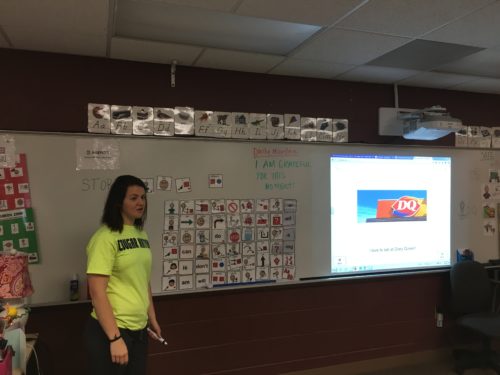
We then take it a step further by practicing skills that may be encountered during CBI. For example, paying for a purchase, calculating a tip, etc. What about communication? That’s a skill! It’s one thing to talk about asking for help and another to practice it in the classroom and then in the community.
So, back to the ice cream, as we prepare for our trip, I asked students what they wanted to order. I modeled the question and had students indicate on a pre-planned form, with some menu items already included as not every food item is programmed into their fringe (keep reading for a really cool example about this!).
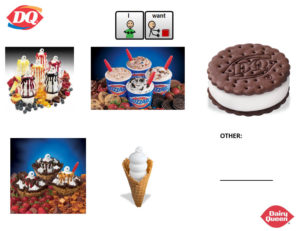 I had each student come up and practice ordering what they wanted, emphasizing the importance of saying “I want” followed by the food item. This is the last semi-controlled safe environment for students to practice before the real deal. So, let them make mistakes! Now is when you can provide the wait time for them to figure it out. I had a student circle ice cream sandwich on his sheet. When I asked him what he wanted to order, he said “I want” then we went to the fringe and selected ice cream but he wasn’t done. He knew that what he circled wasn’t just ice cream it was an ice cream sandwich. My student then went to the lunch page set and hovered over the sandwich for quite some time. He knew that it indicated sandwich but not the context in which he was thinking about ice cream. I waited and waited and waited and he eventually went for it by stringing together two separate fringe words to create the food item he desired and to complete his request of “I want ice cream sandwich.” Proud teacher moment right there! I followed up by using this as a chance to teach students how we can say “I want that” or “I want it” and point to the “that” or “it” indicating what you want.
I had each student come up and practice ordering what they wanted, emphasizing the importance of saying “I want” followed by the food item. This is the last semi-controlled safe environment for students to practice before the real deal. So, let them make mistakes! Now is when you can provide the wait time for them to figure it out. I had a student circle ice cream sandwich on his sheet. When I asked him what he wanted to order, he said “I want” then we went to the fringe and selected ice cream but he wasn’t done. He knew that what he circled wasn’t just ice cream it was an ice cream sandwich. My student then went to the lunch page set and hovered over the sandwich for quite some time. He knew that it indicated sandwich but not the context in which he was thinking about ice cream. I waited and waited and waited and he eventually went for it by stringing together two separate fringe words to create the food item he desired and to complete his request of “I want ice cream sandwich.” Proud teacher moment right there! I followed up by using this as a chance to teach students how we can say “I want that” or “I want it” and point to the “that” or “it” indicating what you want.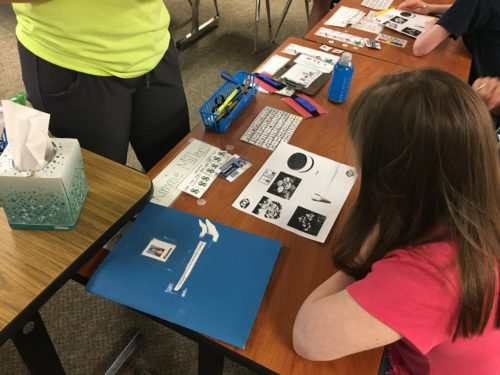
It’s important to note that you want this to be an authentic novel communication opportunity for students. We all have paraprofessionals that we dearly appreciate but sometimes (like my paras) they have students pre-program, with way too much prompting and help, what the student is going to say, so when it’s their turn to practice ordering they just push a button. I had a student who, when it was his turn pushed one button and said: “I want chocolate oreo blizzard”. That is not novel at all! Now, I know chocolate oreo blizzard is not one of his fringe words, so the only way for him to communicate that was by going to the keyboard to type it out. (Here too is another skill to teach your students if they are at that level in literacy and writing.) However, I knew that this student was not quite at that ability level yet, so love my para for being helpful, but that is not teaching my student how to effectively communicate what he wants for himself. Therefore, preparing your students for these opportunities may also mean a two-fold lesson in helping your paras understand the communication outcome you are hoping for when their assistance is useful or not, in other words, when to (back off) and how that looks out in the community.
Once you’ve practiced the targeted core phrase, it’s now time to take it the streets! Good luck! Here is a video with an example of what it looked like getting ready for Dairy Queen. Remember, it does not have to be perfect. Each time we videotape we find something we would consider doing differently or break our own rules. Yet, it is always a learning experience and we do get better every time.
Enjoy this video of us in AACtion!
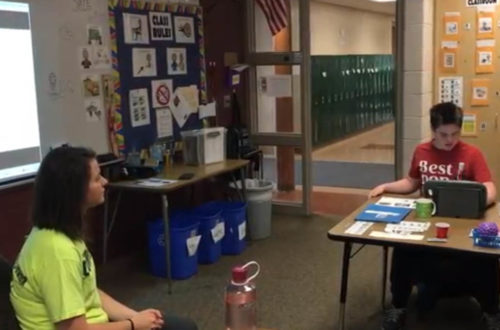 ::::::::::::::::::::::::::::::::::::::::::::::::::::::::::::::::::::::::::::::::::::::::::::::::::::::
::::::::::::::::::::::::::::::::::::::::::::::::::::::::::::::::::::::::::::::::::::::::::::::::::::::
If you enjoyed this post, check out Sarah’s previous blog article here.
Filed under: Featured Posts, PrAACtical Thinking
Tagged With: community, core vocabulary, high school
This post was written by Carole Zangari

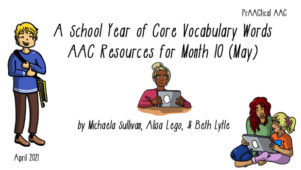
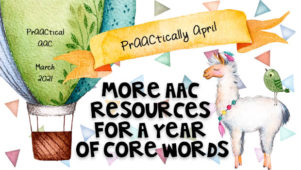
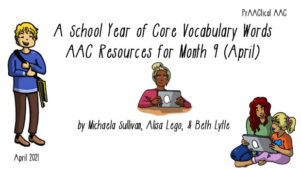
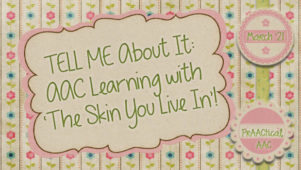
3 Comments
This post is so awesome!!! I love that they offered video examples…just goes to show that even I benefit from videos! Can’t wait to implement more videos and implement these CBI communication skills in the classrooms in which I serve.
Hope to see much more AAC at the High School level for varying levels as it has been difficult to find resources in this area.
Thanks for that comment, Marcel! I hear what you are saying and will work to get more content here for those supporting HS-aged students. When Sarah Mueller was in the classroom she did a few posts for us (e.g., http://bit.ly/2IKu80w, http://bit.ly/2IFFLWt). You’re absolutely right that it is a big need, and something I hope to work on in the months to come.
This was an interesting article. Well done!